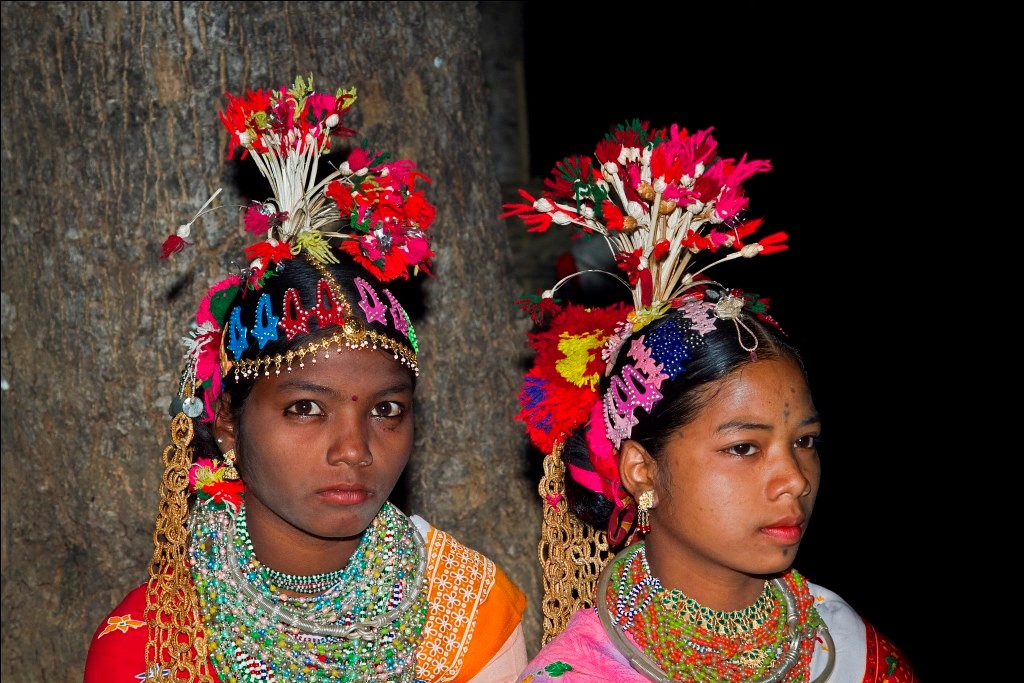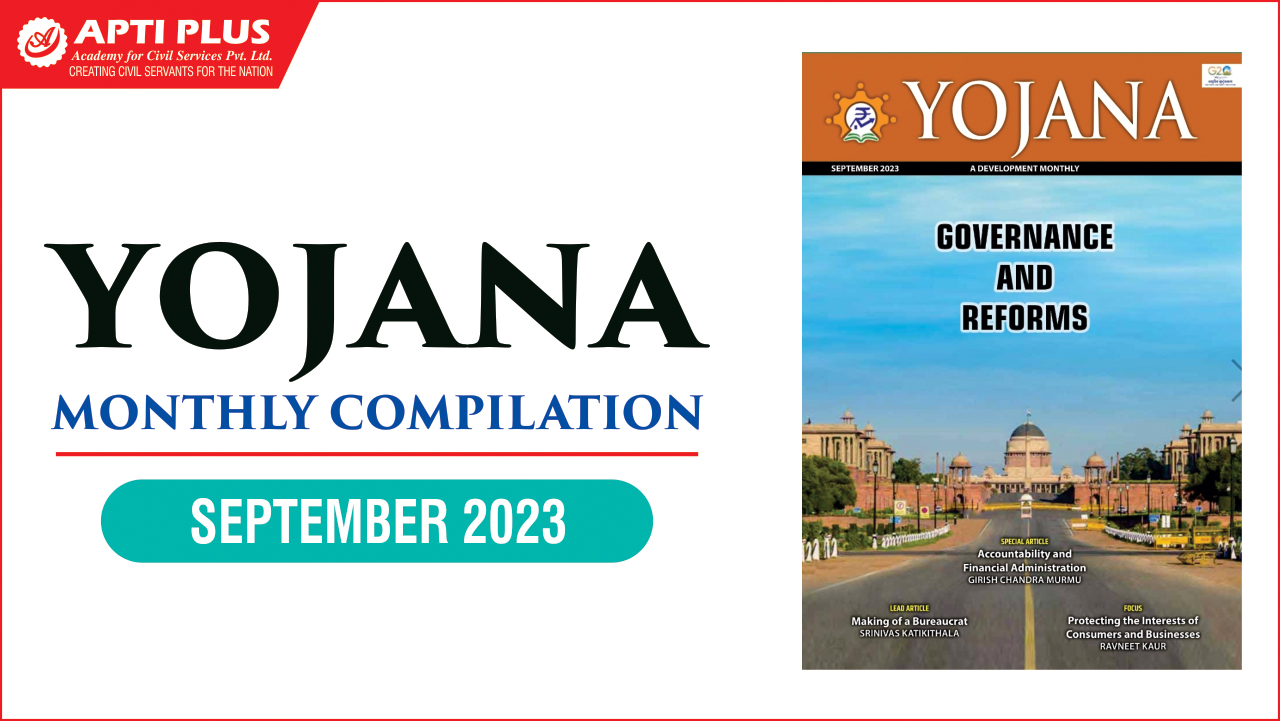Description

Disclaimer: Copyright infringement not intended.
Context
- Baiga Particularly Vulnerable Tribal Group (PVTG) has become the second tribal group to be granted habitat rights in the state, following the Kamar PVTG, which received these rights on August 9.
- This move recognizes the rights of the Baiga community over their traditional territories, cultural practices, livelihoods, and biodiversity knowledge, underscoring the importance of protecting the heritage and lifestyle of tribal populations.
Details
Habitat Rights and Their Significance
- Habitat rights are an essential component of safeguarding the interests of tribal communities, particularly PVTGs. These rights entail:
- Recognition and protection of customary territory for habitation.
- Preservation of socio-cultural practices and traditions.
- Promotion of traditional means of livelihood.
- Intellectual knowledge of biodiversity and ecological balance.
- Preservation and conservation of natural and cultural heritage.
- These rights play a vital role in maintaining the traditional livelihood and ecological knowledge passed down through generations. They facilitate the convergence of various government schemes and initiatives aimed at empowering PVTG communities to develop and thrive in their natural habitats.
Legal Framework
- Habitat rights are granted under section 3(1) (e) of The Scheduled Tribes and Other Traditional Forest Dwellers (Recognition of Forest Rights) Act, 2006, commonly known as the Forest Rights Act (FRA).
- According to Section 2(h) of the FRA, "Habitat includes the area comprising the customary habitat and such other habitats in reserved forests and protected forests of primitive tribal groups and pre-agricultural communities and other forest dwelling Scheduled Tribes."

Protection from Development Activities
- Habitat rights provide an additional layer of legal protection, ensuring that PVTGs can safeguard their habitat from any developmental activities that might be harmful to them.
- While these rights do not confer ownership in the manner of private property, they mandate consent and consultation with the gram sabha (village council) for any developmental activity.
- These rights are fortified by legal protections under various acts, including the Forest Conservation Act, Land Acquisition law of 2013, and the SC/ST Prevention of Atrocities Act. In case of conflicts or disputes, the matter can be brought to court for resolution.
Criteria for Identifying PVTGs
- PVTGs are tribal communities identified based on specific criteria. These criteria include:
- Technological backwardness.
- Stagnant or declining population growth.
- Extremely low levels of literacy.
- A subsistence-level economy.
- Residence in isolated, remote, and challenging areas with small and scattered hamlets or habitats.
- The Ministry of Tribal Affairs (MoTA) has identified 75 PVTGs in 18 states and one Union Territory.
- In 2019, the MoTA initiated a scheme to protect and improve their social indicators, such as livelihood, health, nutrition, and education, in an effort to reduce their vulnerability.
Recognition in Chhattisgarh
- Out of the 75 PVTGs in India, only three have been granted habitat rights.
- The Bharia PVTG in Madhya Pradesh was the first to receive these rights, followed by the Kamar tribe, and now the Baiga tribe in Chhattisgarh.
- Chhattisgarh is home to seven PVTGs, residing in 17 of the state's 33 districts. These include the Kamar, Baiga, Pahadi Korba, Abujhmadiya, Birhor, Pando, and Bhujia tribes.
- While the first five tribes have been declared as PVTGs by the central government, the remaining two, Pando and Bhujia, have been given this classification by the state government.
About Baiga tribe
Demographics:
- Geographical Distribution: The Baiga tribe is concentrated in central India, primarily in Madhya Pradesh, and to a lesser extent in Uttar Pradesh, Chhattisgarh, and Jharkhand.
- Sub-Castes: Within the Baiga tribe, there are several sub-castes, including Bijhwar, Narotia, Bharotiya, Nahar, Rai maina, and Kath maina.
- Meaning of the Name: The name "Baiga" translates to "sorcerer-medicine man," reflecting their traditional role in spiritual and healing practices.
- Official Recognition: The Baiga tribe is officially recognized as Scheduled Tribes in several Indian states, including Madhya Pradesh, Chhattisgarh, Uttar Pradesh, West Bengal, Jharkhand, Bihar, Odisha, and Maharashtra.
Livelihood:
- Shifting Cultivation: The Baiga people practice shifting cultivation, often referred to as 'bewar' or 'dahiya.' They do not plow the land, as they believe it would harm their Mother Earth by scratching her breast.
- Marital Practices: The Baiga culture involves unique marital practices. Live-in relationships are common, and if a marriage takes place, the man compensates the woman's family with either covering the marriage expenses or providing mahua liquor. In case of divorce, the new husband must compensate the old one for the dowry amount.
- Child Custody: In the case of divorced couples with children, the wife has the first right to custody, followed by the husband. If neither wants to raise the child, the community assigns a guardian until the child reaches age 15.
Challenges:
- Declining Population and Literacy: The Baigas in Chhattisgarh are classified as a Particularly Vulnerable Tribal Group (PVTG) due to their dwindling population and low levels of literacy.
- Reproductive Rights: Until a legal intervention in 2018, Baiga women were not provided reproductive rights like access to contraceptives. The Chhattisgarh High Court allowed them to have access to contraceptives, highlighting the importance of reproductive health.
Culture:
- Language: While some Baigas mentioned "Baigani" as their mother tongue in the past, it is now recognized as a variety of Chhattisgarhi influenced by Gondi. Most Baigas speak Hindi, and some may also know regional languages like Gondi and Marathi.
- Cuisine: Baiga cuisine revolves around coarse grains, such as kodo millet and kutki, along with pej, a drink made from ground macca or rice water. They supplement their diet with forest produce, fruits, vegetables, and hunting for fish and small mammals.
Forced Evictions:
- Conservation and Displacement: Since the 1960s, the Baiga tribe has been subject to forced evictions, often justified in the name of wildlife conservation, particularly to protect tiger populations. These evictions have had detrimental consequences for the displaced Baiga communities.

Conclusion
The granting of habitat rights to the Baiga tribe in Chhattisgarh is a positive step towards preserving the heritage, lifestyle, and culture of tribal communities. It underscores the commitment to protect and empower these communities, ensuring that their traditional knowledge and way of life continue to thrive in their natural habitats.
|
PRACTICE QUESTION
Q. The Baiga tribe has a distinct language known as "Baigani." However, it is now recognized as a variety of which regional language influenced by Gondi?
a. Bengali
b. Marathi
c. Chhattisgarhi
d. Kannada
Answer: c.
|














